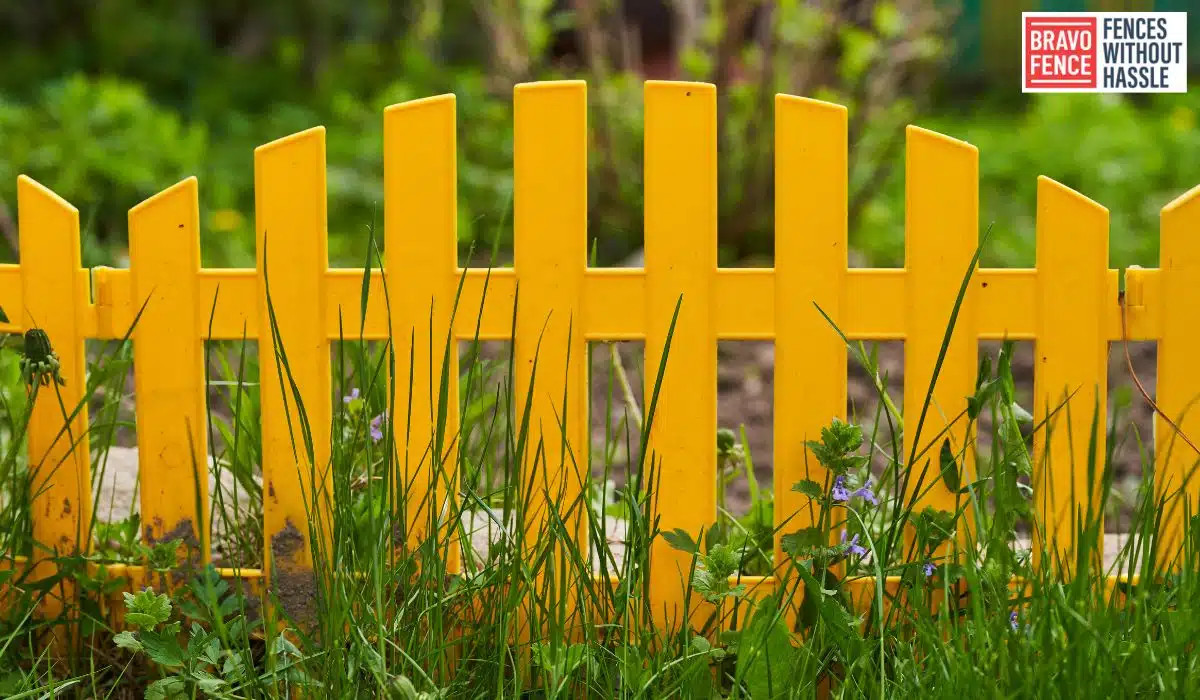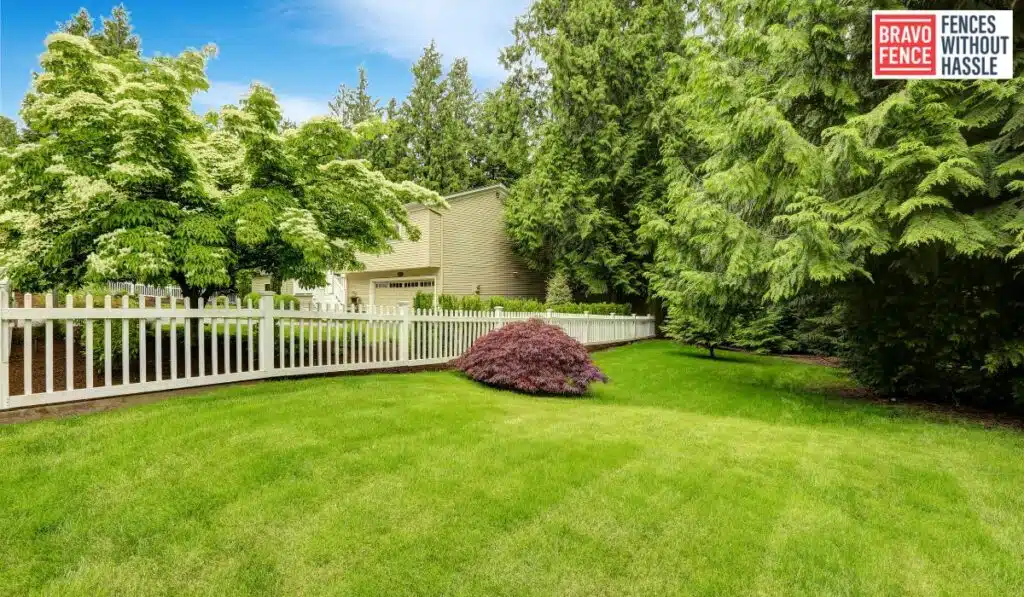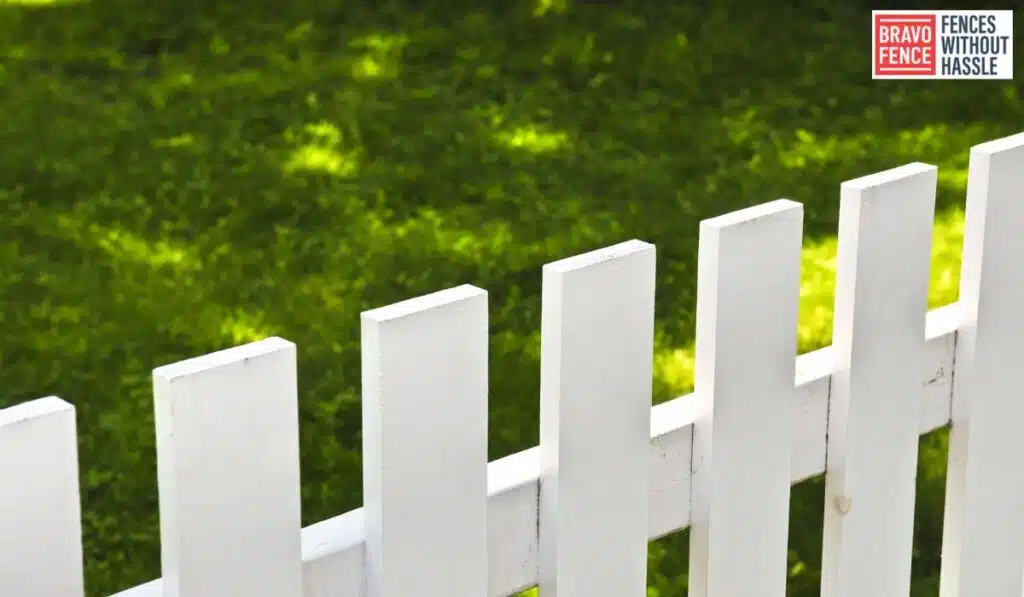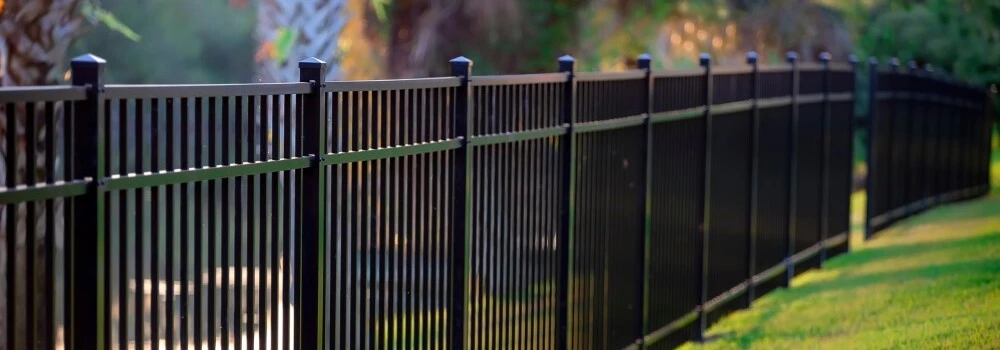
What You Need to Know About Installing a Front Yard Fence
If you’re considering installing a front yard fence, there are several crucial factors you should take into account.
A well-designed and properly installed fence can enhance your property’s appearance, security, and privacy.
This article will explore the key aspects you need to know before embarking on your front yard fence installation project.
Choosing the Right Fence Material
One of your first decisions is selecting the appropriate material for your front yard fence.
Various options include wood, vinyl, metal, and chain link.
Each material has advantages and considerations, so evaluating your specific needs is essential.
- Wood: A wooden fence offers a classic, natural look that complements various architectural styles.
It provides privacy and can be customized with different finishes and designs.
However, wood requires regular maintenance to prevent rot, warping, and insect infestation.
- Vinyl: Vinyl fences are known for their durability, low maintenance requirements, and versatility.
They resist corrosion, fading, and peeling, making them a long-lasting choice.
Vinyl fences come in various styles & colors, allowing you to find the perfect fit for your front yard.
- Metal: Metal fences, such as wrought iron or aluminum, offer an elegant and sophisticated appearance.
They are highly durable and provide excellent security.
Metal fences require minimal maintenance but can be more expensive than other materials.
- Chain Link: Chain link fences are affordable, practical, and protected without obstructing the view.
They are commonly used for residential purposes and can be galvanized or vinyl-coated to enhance their durability and aesthetics.
Remember that chain link fences may offer less privacy than other options.
Understanding Local Regulations and Guidelines
Before installing a front yard fence, it’s crucial to familiarize yourself with the local regulations and guidelines regarding fence installations.
Check with your homeowners’ association, municipality, or local building codes to ensure compliance with any restrictions or permit requirements.

These regulations may cover aspects such as fence height, setback distance from the property line, and materials allowed.
These instructions will help you avoid legal issues and ensure a smooth installation process.
Assessing Property Boundaries
Knowing your property boundaries is essential when planning a front yard fence installation.
Property surveys can help determine the accurate location of your property lines, preventing any disputes with neighbors or encroachment onto public land.
Engaging a professional surveyor will provide you with precise measurements and ensure that your fence is installed within your property limits.
Avoiding encroachment is crucial to maintaining good relations with your neighbors and preventing potential legal conflicts.
Considering Style and Design
The style and design of your front yard fence significantly enhance your property’s overall aesthetics.
Consider the architectural style of your home and choose a fence design that complements it.
You can opt for a customary picket fence, a sleek and modern design, or a decorative wrought iron fence, depending on your preferences and the character of your property. You can create a cohesive & visually appealing exterior by selecting a wall that harmonizes with your home’s style.
Hiring Professional Installers
While some homeowners may opt for a DIY approach, hiring professional fence installers can save you time, effort, and potential headaches.
Experienced installers have the expertise and equipment to ensure a proper and efficient installation.
Research reputable fencing companies in your area and request multiple quotes.
Compare the services, warranty options, and customer reviews to make an informed decision.
Hiring professionals will give you peace of mind, knowing that your front yard fence will be installed correctly and to your satisfaction.
Conclusion
Installing a front yard fence can be a beneficial investment for your property.
You can ensure a successful and visually appealing installation by carefully considering the fence material, local regulations, property boundaries, design, and hiring professionals.
Take the time to evaluate your needs and explore the various options available.
With a well-designed and adequately installed front yard fence, you can enhance your property’s curb appeal, security, and privacy while adding value to your home.
FAQ
Do I need a permit to install a front yard fence?
The need for a permit to install a front yard fence can vary depending on your location and local regulations. You must check with your municipality or local building department to determine if a permit is required. They can provide specific guidelines and information regarding the permit application process.
How tall can my front yard fence be?
Local ordinances and homeowners’ associations can regulate the allowable height for front yard fences. Check with your municipality or HOA to understand the height restrictions that apply to your property. Adhering to these regulations will help ensure a smooth installation process.
Can I install a front yard fence if I have shared property lines with my neighbors?
Installing a front yard fence along shared property lines requires clear communication and agreement with neighbors. It’s essential to have open discussions and obtain written permission from all parties involved. Consulting with a professional surveyor can help accurately determine the property boundaries and avoid potential disputes.
What are the benefits of installing a front yard fence?
Installing a front yard fence offers several benefits, including enhanced curb appeal, increased privacy, improved security, and better delineation of property boundaries. It can also provide a safe enclosure for children or pets to play. Assess your specific needs and goals to determine the benefits that are most important to you.

How much does it cost to install a front yard fence?
The cost of installing a front yard fence can vary depending on elements such as the chosen material, fence height, length, and any additional features or customization. Obtaining quotes from reputable fencing companies is recommended to get an accurate estimate based on your specific requirements.
How long does it typically take to install a front yard fence?
The time required to install a front yard fence can vary depending on various factors, including the size of your property, the design’s complexity, and the installers’ availability. The installation process can generally take anywhere from a few days to a couple of weeks. Discuss the timeline with your chosen professionals for a more accurate estimate.
What are the popular fence materials for front yards?
Common fence materials for front yards include wood, vinyl, metal (such as wrought iron or aluminum), and chain link. Each material has advantages and considerations, such as aesthetics, durability, maintenance requirements, and cost. Evaluate your needs and preferences to choose the material best suits your requirements.
Can I install a front yard fence if I live in a homeowners’ association (HOA)?
If you live in a homeowners’ association, reviewing the HOA guidelines and restrictions regarding front yard fences is essential. Some HOAs have specific rules concerning the height, design, and material of walls. Contact your HOA to understand their requirements and obtain any necessary approvals or permits.
How do I maintain and care for my front yard fence?
Proper maintenance is critical to ensure the longevity and attractiveness of your front yard fence. Regularly inspect it for damages, clean it to remove dirt and debris, and consider staining or painting (if applicable) to protect it from weathering. Trim vegetation near the fence to prevent damage or obstruction.
How can I find a reliable professional to install my front yard fence?
To find a reliable front yard fence installation professional, research and compare reputable fencing companies in your area. Request multiple quotes, check their experience and credentials, and read customer reviews. Choosing an expert with a proven track record will help ensure a successful and satisfactory installation.
Tags: Everything You Need to Know About Fence Maintenance, Everything You Need to Know About Residentialfencing, Explore Helpful Resources on Installing A Front Yard Fence, Inspiration and Tips on Best Fence Company Near Me, Inspiration and Tips on Best Fencing Companies Near Me, Inspiration and Tips on Fence Installation, Top Ideas and Insights About Best Fence Company, Top Ideas and Insights About Fenceinstallation, Top Ideas and Insights About Privacyfence

